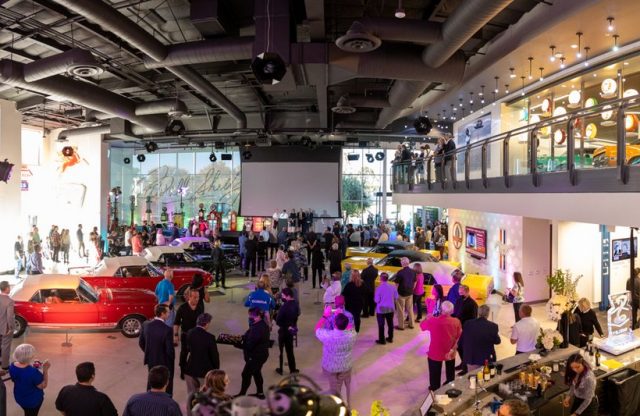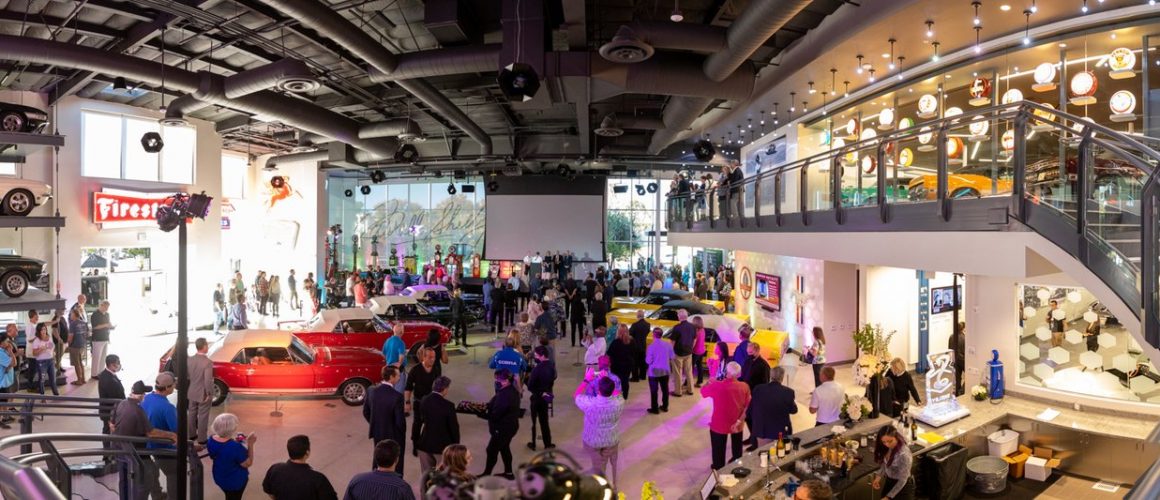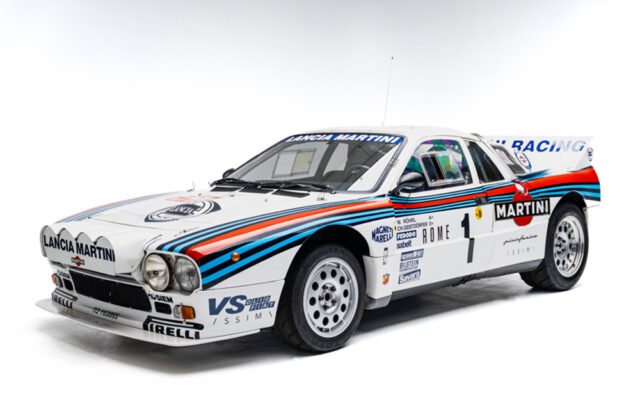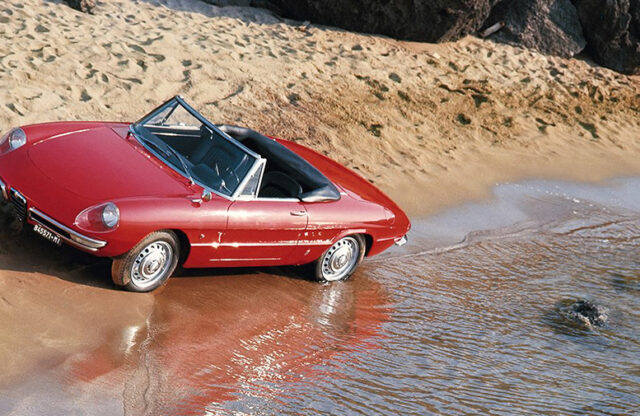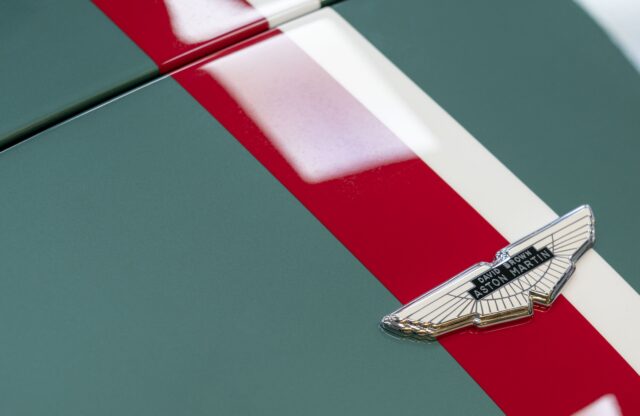WORDS: ELLIOTT HUGHES | PHOTOGRAPHY: ssec & Evan Klein
The recent opening of California’s Segerstrom Shelby Event Center (SSEC) is the realisation of a lifelong dream for hardcore Ford and Shelby enthusiasts, the philanthropists and entrepreneurs Ted and Rae Segerstrom. Ted has been collecting Mustangs since he was a teenager, having received a hand-me-down 1966 coupe from his older sister.
In 2021, the breadth and depth of the Segerstrom Collection is mind blowing – a mecca for the Ford faithful. After all, where else can you find one of the first Shelby Cobras ever made, signed by Carroll Shelby himself, as well as one of only four 1966 Shelby GT350 Factory Drag Cars several of the rarest 1968 Shelby GT500 KR Convertibles – all under the same roof?
And that’s just scratching the surface, too. In total, more than 80 of the world’s rarest and most valuable Shelby automobiles now call the SSEC home as a result of decades of fastidious research by Ted and Rae. It is simply the finest and most comprehensive collection of its type on Earth.
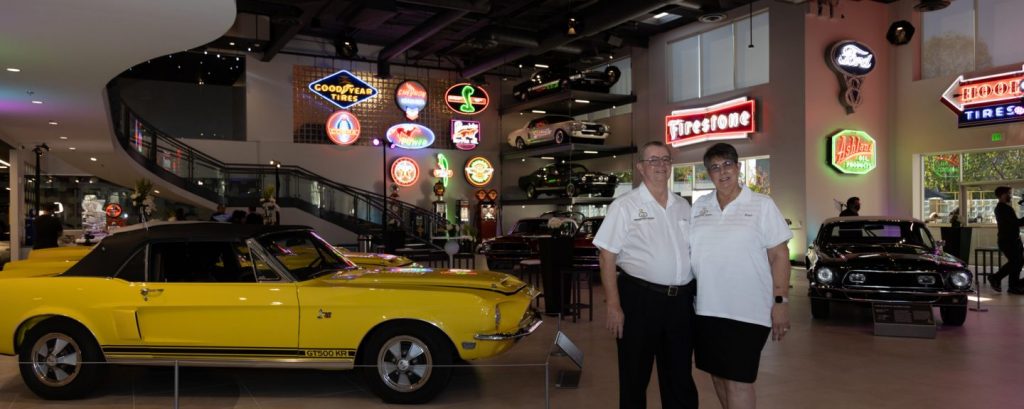
But as spectacular and rare as these models are, the Segerstroms knew that simply putting them in a nondescript building with a painted floor would not only leave these cars underappreciated but would also sell short Carroll Shelby’s buccaneering legacy.
Enter The Scenic Route, a world-class American design and fabrication company responsible for some of the world’s greatest automotive museums and events including the Petersen Automotive Museum and Mullin Automotive Museum, several private car collectors’ spaces, Sonoma Speed Festival, Velocity Invitational, as well as non-automotive assignments such as The National Museum of the United States Army and a wide variety of other projects.
The Scenic Route was co-founded by Ulf Henriksson and Sean Culhane in 1993. Henriksson and Culhane led the development of the SSEC with the help of creative director Ron Gould, who spoke to Magneto about the challenges of creating yet another world-class automotive attraction in the sun-kissed state of California.
“This team has been doing this for a long time. Ulf and Sean deserve a lot of credit for the success of the Shelby Segerstrom Event Center,” Ron says. So how did the team’s latest automotive project compare to the now-renowned successes of the Petersen and Mullin Museums?
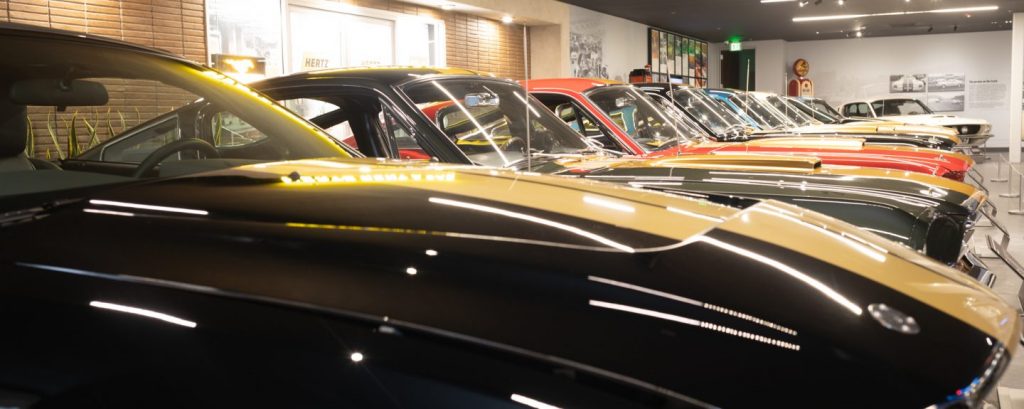
“The concentration on Shelby automobiles made the project more like the Mullin Museum than the Petersen. The Mullin focuses on Art Deco-era cars, so it’s more condensed, whereas the Petersen is broader. The interesting thing about the Segerstroms is their connection to people within Shelby American – they have been a big part of the Shelby community for quite a while.”
It’s clear from very early on that Ron sees The Scenic Route’s job primarily as that of three-dimensional story-telling. The details of the building, whether that’s something as mundane as the location of power sockets or as major as the structural design, must dovetail with the message and uniqueness of the narrative being told.
“We’re always thinking about the visitor, the person we want to tell the story to,” Ron explains. “Where are they in the space itself? Are they male, female, young or old? Then you start to think about how these people move through the space and how these large artefacts, these cars, are positioned. Are they sitting in front, or to the side? If there’s a stanchion that goes around the cars, you have to think about how you place that, and so on.”
As mentioned, The Scenic Route team has worked with an eclectic variety of clients, from the US Army to the gaming industry and television. So, how did the Segerstrom project compare with past projects in The Scenic Route’s enviable portfolio?
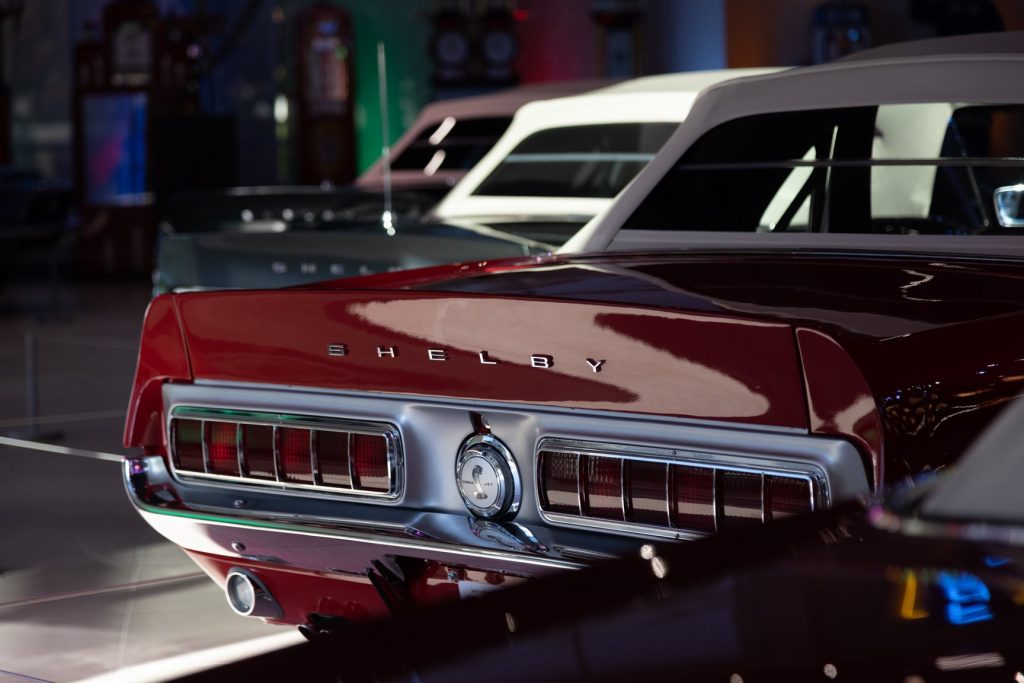
“Night and day,” Ron says unhesitantly. “The Segerstroms are very down-to-earth people, very nice, very unassuming – in meeting them, you wouldn’t know who they are or what the level of their collection is. You go from a couple that has spent their time finding these gems and negotiating with other collectors, to the Government – who are very, very different to work with. The Segerstroms took a very hands-off approach.” It’s obvious that Ron’s creative disposition relishes being granted agency over the story-telling side of the project.
Talking specifically about The National Museum of the United States Army, he says: “There’s a lot of lore and legend about Shelby, and you can’t really do that with the Army – the facts are the facts. There are some facts about Shelby that aren’t very flattering, likewise with the Army. Finding out how true you want to be when you’re putting those things forward to people who are going to talk to the press, you have to be 100 percent accurate. Take the number of Shelby enthusiasts and multiply it by hundreds, then you come up with the number of people who are Army enthusiasts. You have to be absolutely correct in what you’re saying.”
Once all that is out of the way, The Scenic Route can begin laying out the physical plans for the exhibits, and curating what is a colossal collection of cars and automobilia in the case of the Segerstrom Collection. It all begins with Ulf developing the plan, then an illustrator creating a millimetre-perfect CAD computer model of the entire venue. From there, Sean manages the process and the team decides a predetermined route through the exhibit that often requires the construction of a digital scale model before work on the real thing can begin.
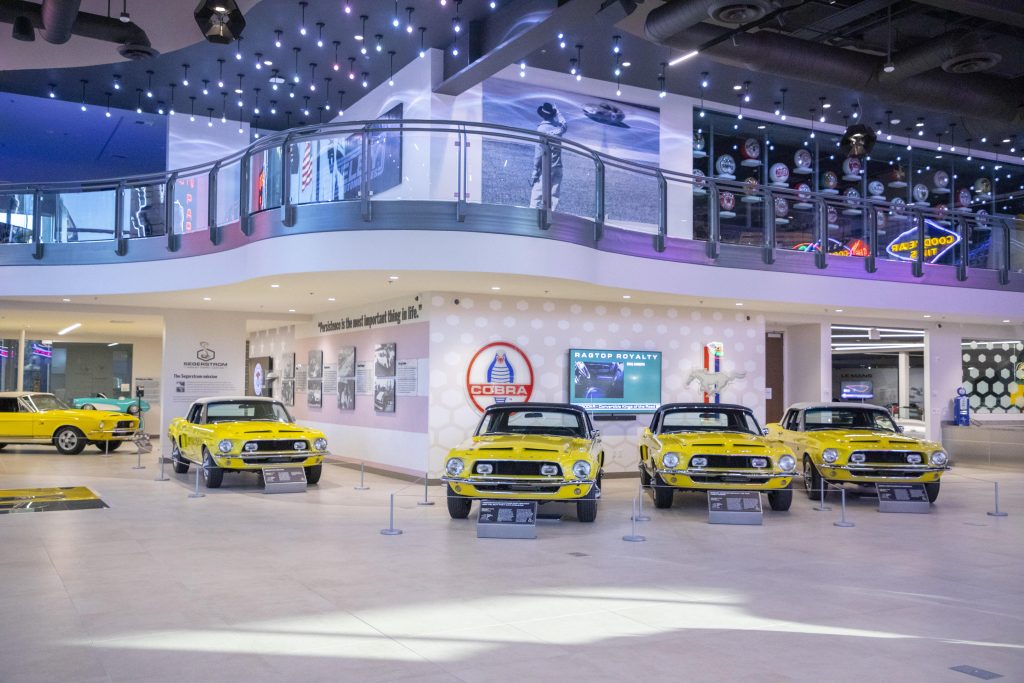
“In the Petersen we did a multi-projector installation in the Grand Salon. We had to build all of that in three dimensions, because you have to be able to move your head around to see everything. We had to do a similar thing for the National Museum of the United States Army when we constructed a circular theatre,” Ron explains.
Ironically, the process of an abstract idea evolving from a sketchpad or computer screen into a three-dimensional model, before blossoming into the finished product, is similar to what car designers such as Carroll Shelby have done for decades. Appreciating this gives the SSEC and other automotive museums a meta dimension that few comprehend.
Even so, abstract thoughts such as these can only titillate for so long when the subject of the conversation is an Aladdin’s cave of legendary Fords and Shelbys. Magneto was fascinated to learn what Ron discovered about the marque and the Segerstroms’ associated artefacts during his two-year journey on the SSEC project.
“It wasn’t one of the cars, it was a Texaco gas pump globe that was made out of German leaded glass. It was the opening day, and it was just this treasure hidden amongst all these other treasures in a box. It wasn’t until you held it and saw the Texaco logo in stained glass and realised what an amazing thing it was, it was perfectly preserved. I was just thinking ‘is this real?’ It messes with your head and gives you a real feeling of nostalgia. That’s what all that petroliana stuff is about, harking back to a better day, a golden age.”
It’s near-impossible to choose a favourite car from the SSEC, such is the quality and rarity of what’s on offer, but that didn’t stop Magneto pressing Ron for a definitive answer.
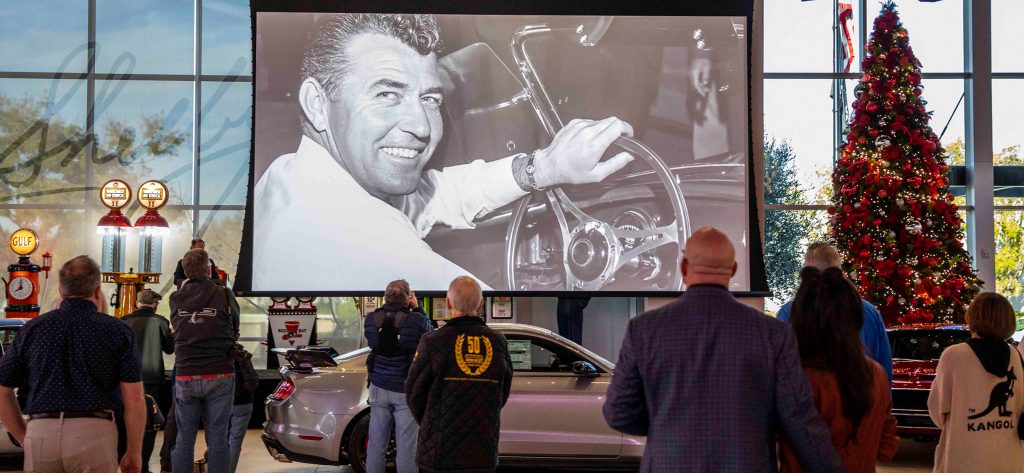
“When I was a kid, the Cobra was always my dream, and that didn’t go away,” Ron says. “They have several Cobras, and I can’t say which one I particularly would want…” his voice trails.
“I had a 1966 Mustang 2+2 when I was at high school that I got in an accident. I regretted it so much because the thing was cherry, so there’s the dilemma of whether I’d go for the thing I always wanted or replace what I lost. There’s also the original GT350s, but they aren’t the most comfortable cars in the world; they’re similar to the Cobras, in that they were really built to race.
“The Segerstroms did just acquire a Daytona Coupe Continuation that was owned by Carroll Shelby. Now I think that would be a lot of fun because it has all the creature comforts such as air-conditioning, and it’s probably easier to fix and you’d be able to turn on the radio and actually hear it, that sort of thing,” Ron chuckles.
His inability to pick out a favourite car from the Segerstrom Collection despite having documented, researched and been around them for the past two years speaks volumes about the world-leading quality of the models that the Segerstroms have worked so diligently to assemble and preserve.
However, Ron does have a secret he can divulge now the project is complete. “I own a ‘55 Chevy pick-up truck , and I’ve been rebuilding it over the past ten years or so with my sons. My first car was a ‘57 Chevy station wagon.” Does that mean a Chevy guy has been responsible for creating the Ford faithful’s equivalent of The Vatican?
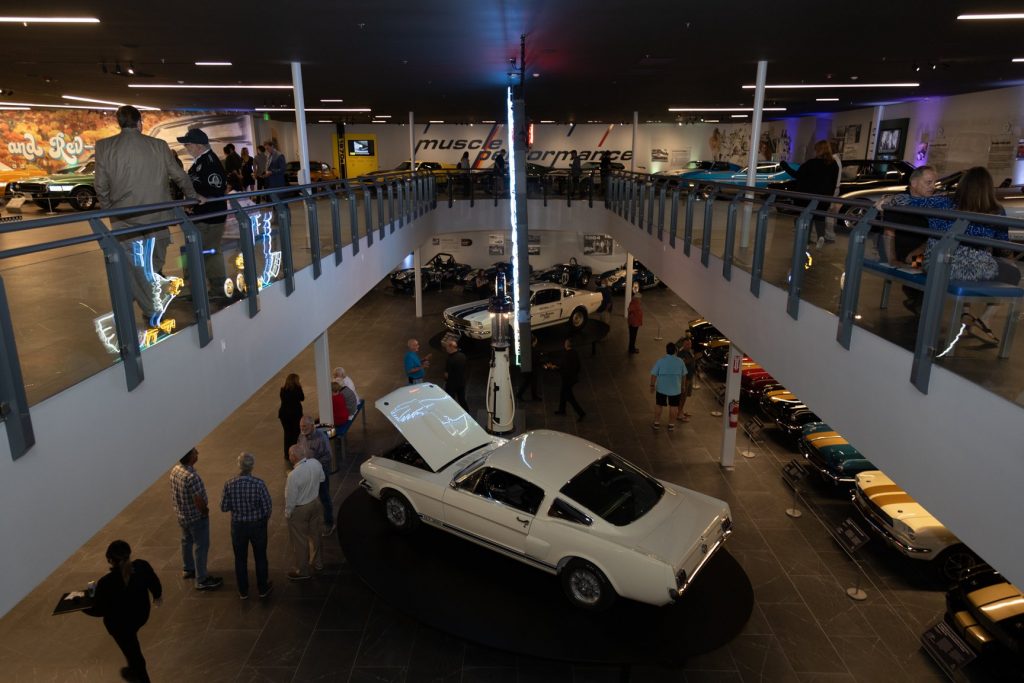
“No, not at all!” Ron laughs. “Just because I had those two cars doesn’t mean that I’m a Chevy guy. I’ve had Mustangs and Plymouths, too. I’ve never wanted to be pigeon-holed, I guess. I never really had the collecting gene.”
Whatever Ron’s automotive persuasion, it’s clear that The Scenic Route team has done a job worthy of the heritage of the legendary Shelby marque. From the Shelby paint code-matched interior colours, to documenting the evolution of that famous snake emblem, no stone is left unturned and the attention to detail is astounding.
Click here if you’d like to visit the SSEC in Irvine and hear the story of Carroll Shelby and the Segerstrom Collection for yourself — we can’t wait to do just that.
If you liked this, then why not subscribe to Magneto magazine today?
